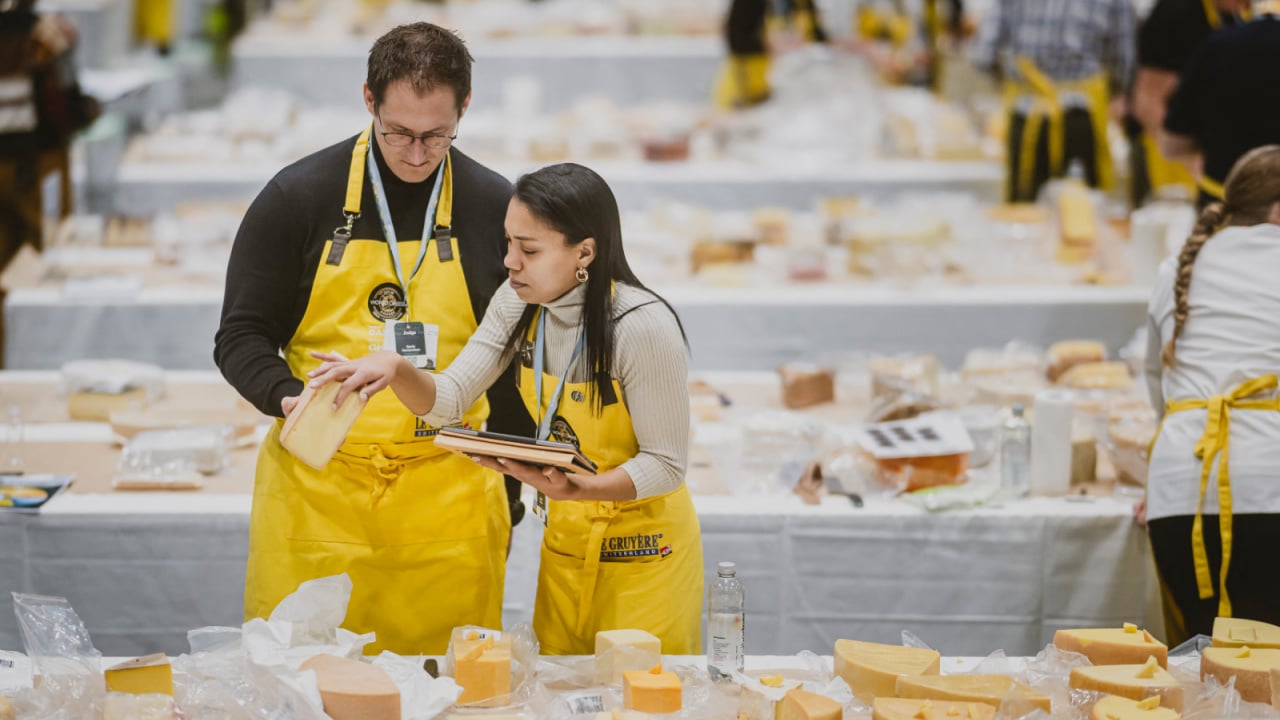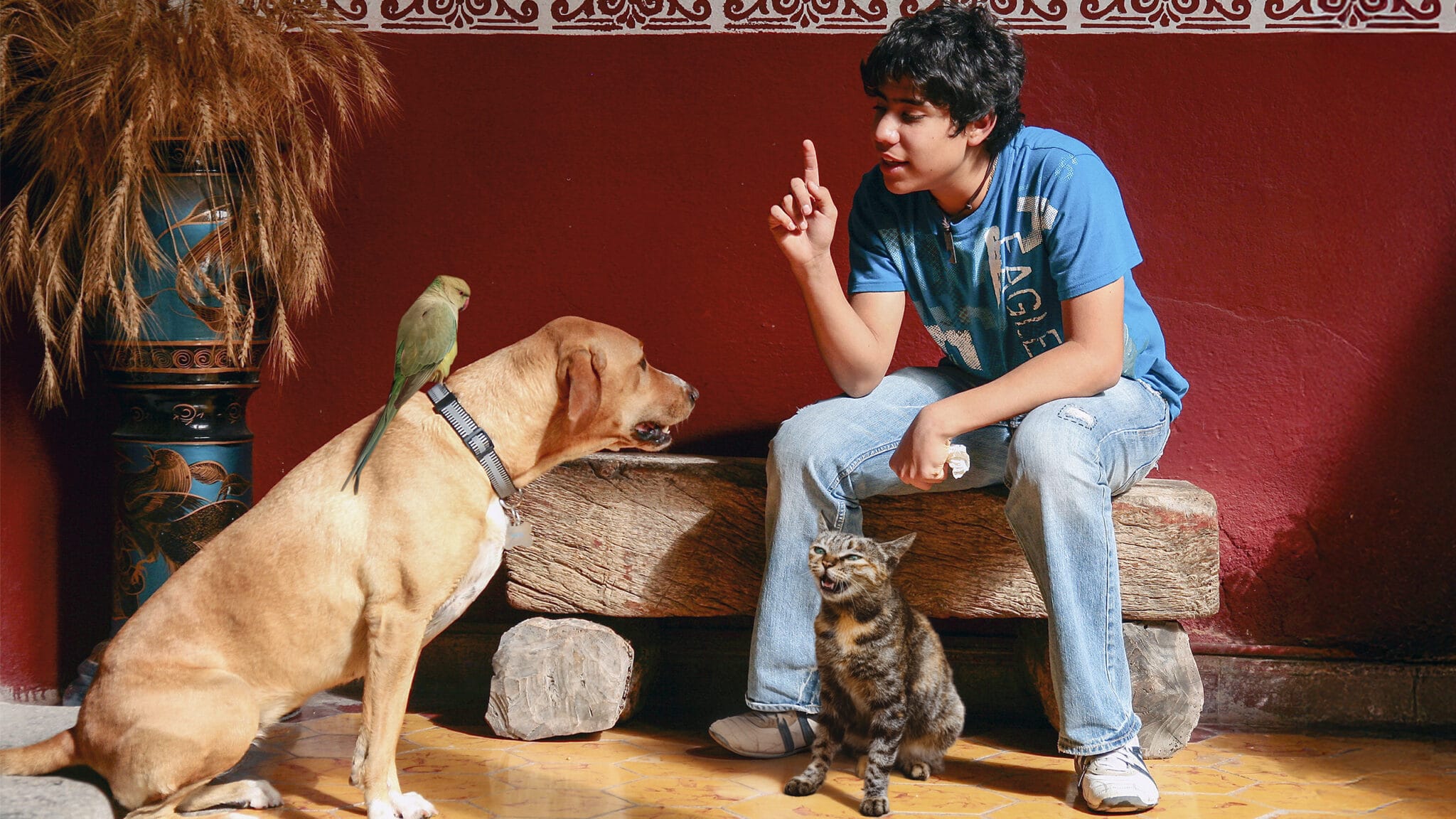Cuervo’s History in Making Tequila Is Filled with Pioneering, Innovation, Consistency, and Philanthropy
Cuervo bills itself as “the tequila that invented tequila.” It is a big claim to make for one of the most iconic liquors in the world. Everyone has a story about a night with tequila and all of the shenanigans that come with it. So, how does Cuervo back up the claim that the brand is the tequila brand? I got a good look at where Cuervo started during a recent trip to Tequila. I learned how it has sustained and what they do to continue to remind people that tequila started with Cuervo.
The story of Cuervo tequila started in the mid-18th century

Cuervo started when José Antonio de Cuervo y Valdes purchased a plot of land in Tequila, Jalisco, Mexico in 1758. He started to grow and cultivate blue agave for the Spanish monarchy before Mexico gained its independence. For almost 40 years, the family grew blue agave solely for the Spanish monarchy.
His son, Jose María Guadalupe de Cuervo y Montana, was granted the first permit to commercially produce tequila. The royal decree in 1795 made Cuervo the first tequila officially made for commercial sale. As the popularity of tequila increased, Cuervo started ramping up production, finding ways to sell their product around the world.
La Rojeña, the Cuervo distillery, is the oldest in Latin America

La Rojeña is located right off of the town square in Tequila, Jalisco, Mexico. Built in 1812, the distillery is the oldest, active distillery in Latin America pumping out tequila for the past 213 years.
Now, it is important to note that indigenous people had been fermenting agave long before the Spaniards arrived in Mexico. These drinks are the precursor to tequila and existed before the Cuervo family began creating what we now know as tequila. This beverage is mezcal which comes from the Nahuatl words “metl” (agave) and “ixcalli” (cooked).
What does differentiate the tequila we know and the fermented, agave-based drinks of indigenous communities, is the use of blue agave specifically. This species of agave grows easily in the Tequila Valley, named after the town of Tequila, and added a sweetness to the final product.
Cuervo arrived in the United States in 1852

The famed tequila brand first arrived in the United States by way of California 40 years after La Rojeña was established. For the first time, the barrels of Cuervo made it into the U.S. for mass consumption. The introduction of Cuervo in the U.S. paved a path for a new wave of drinks.
Transporting full barrels, while the main method at the time, was difficult when moving tequila outside of Mexico. So, around 1880, Cuervo became the first tequila brand to start distributing in individual glass bottles. This shift in packaging allowed Cuervo to really increase exporting the spirit.
The margarita became a popular drink of choice in the 1940s

With the growing footprint of tequila in the U.S. and the end of prohibition, the margarita became one of the most popular drinks of the decade. The famous beverage, which started with tequila, lime juice, and triple sec, was the new way for Americans to enjoy the taste of Cuervo.
The origins of the margarita are contested but it is popular belief that the cocktail started in the U.S.-Mexico border. Specifically, it is believed to have started on the border between Mexico and California.
As the margarita grew in demand, Cuervo continued to be the tequila brand of choice for Americans sipping on the refreshing cocktail.
Tequila received a Designation of Origin in the 1970s

Much like champagne production in the Champagne region of France, tequila has to be made in a specific region in Mexico to be considered tequila. Mexico created the designation in 1974 that tequila had to be produced in a five-state region in Mexico to be considered tequila. The states include Jalisco, Nayarit, Guanajuato, Michoacan, and Tamaulipas. To track tequila made in the region, all bottles claiming to be tequila must have a four-digit Normas Oficiales Mexicanas (NOM). For Cuervo, those are 1104 and 1122.
Cuervo leaned into social good by establishing a foundation

The Jose Cuervo Foundation AC was established in February 1998. The nonprofit organization is dedicated to continuing to do social good for the region. Doña Ana González-Rubio and Don José Cuervo y Labastida started to undertake the work to help modernize Tequila by paving roads, bringing running water to the town, and building a railroad. The efforts helped to elevate Tequila and the people.
Through the Jose Cuervo Foundation, the company aims to promote sustainability and development in the communities connected to the spirits made by the Becle company. The philanthropic organization aims to do good using five pillars of engagement. Those pillars are: active community participation, education and culture, community development, social investment programs, and volunteering.
You can learn more about the Jose Cuervo Foundation here.
Cuervo continues to grow with the times

Now, more than 200 years later, Cuervo has established itself as the oldest tequila brand in the world. The company has worked to modernize their reach through several activations, including social media campaigns and partnerships across the globe. All of it is rooted in highlighting the Mexican culture that produced the famed tequila.
Cuervo is also playing a role in tourism to Tequila. The Jose Cuervo Express, a dedicated train, takes tourists from Guadalajara to Tequila. The tourism that Cuervo generates allows for money to move into and build up the local economy and community.
Deep in the agave fields, Cuervo brings musical acts from around the world for the incredible, one-day Akamba Music Festival. The festival attracts music lovers from around the world to unplug and bathe themselves in the beauty of Mexico. Akamba, by the way, means agave in the local Purépecha language.
Cuervo likes to brag that it is “the tequila that invented tequila.” The company points to the more than 200-year-old legacy of crafting tequila from blue agave in Central Mexico. Having stood through centuries of history, it is easy to see how Cuervo established itself as the original tequila.




